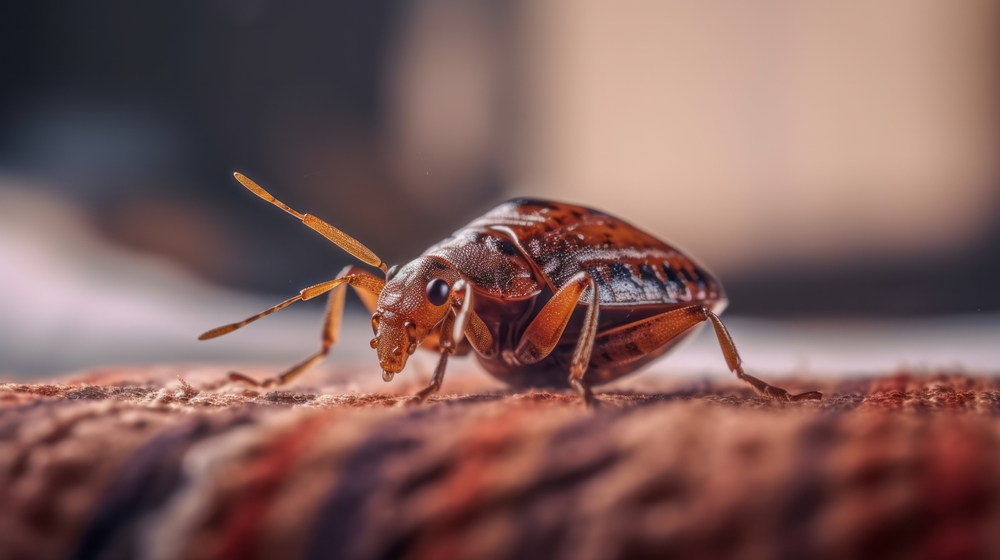Bed bugs prefer areas where people spend a lot of time, especially beds. Kesheimer points out that they need places to hide and easy access to a “blood meal.” When they’re not feeding, they seek out dark, flat spaces. They typically feed between 2 and 5 in the morning. So, in addition to mattresses, other common hiding spots include headboards, behind pictures, inside mattress creases and folds, couches, and even dressers and closets.
What to Do if You Suspect an Infestation

Bed bugs can easily hide in luggage – inside zippers, under tags, or even within folds and seams. Kesheimer suggests using your phone’s flashlight to carefully examine your luggage before you even start packing. Pay close attention to folds, zippers, tags, and any other concealed areas. It’s also a good idea to pack some large garbage bags. If you discover an infestation, you can seal your luggage in the bags to prevent the bed bugs from spreading until you get home and can deal with the problem.
Dealing with Bed Bugs at Home
Experts recommend unpacking your luggage as soon as you get home. Bed bugs will often stay hidden until they think it’s safe to come out. If you don’t clean your luggage right away, you risk infesting your closet and other areas of your home. High heat is a bed bug’s worst enemy. A 45-minute cycle in a hot dryer is usually enough to kill them. Cleaning your luggage is crucial because bed bugs can survive for over a year without feeding, meaning they’re always ready to infest your belongings.

